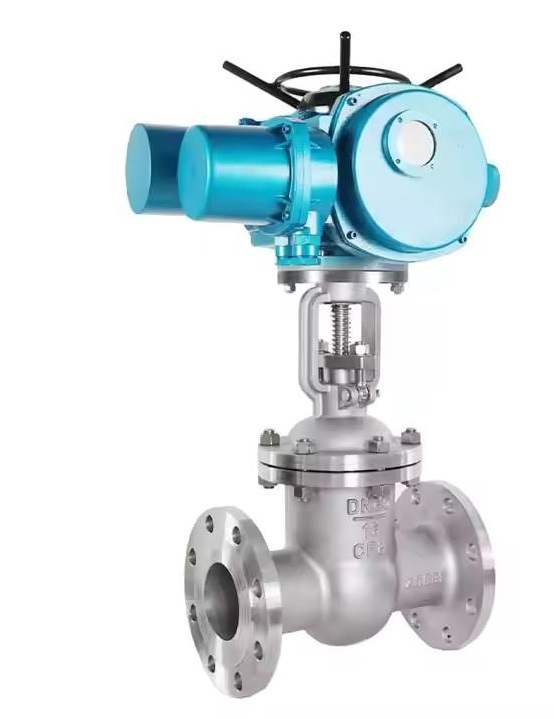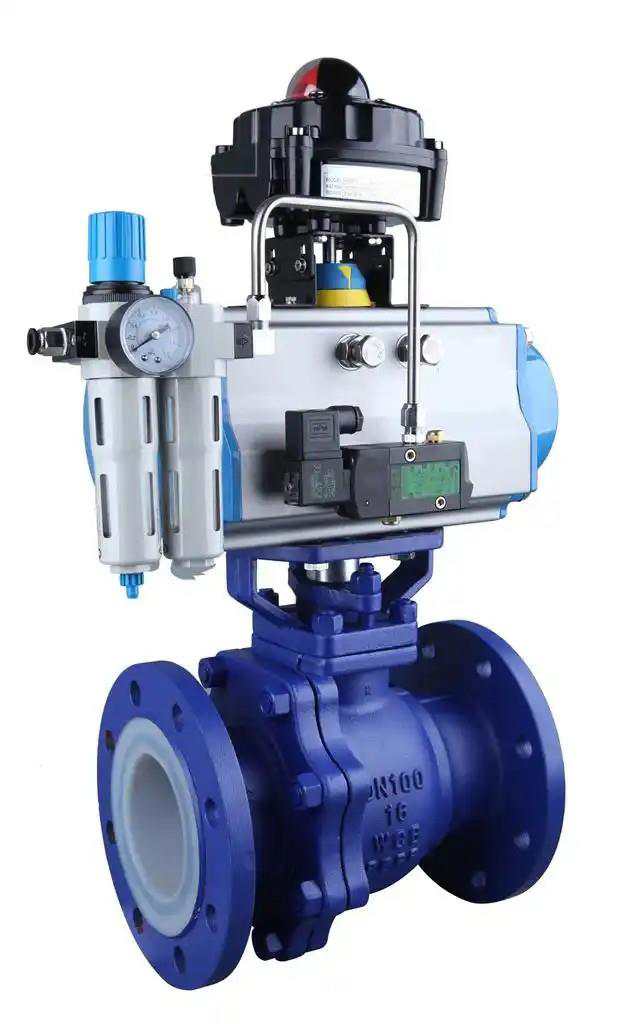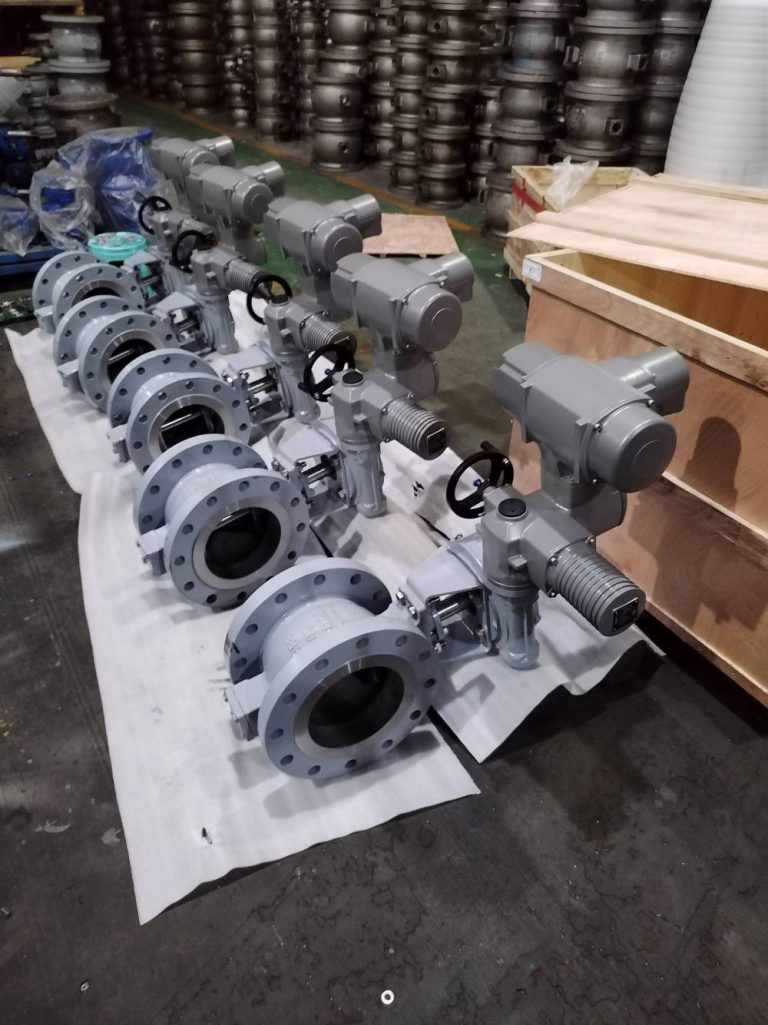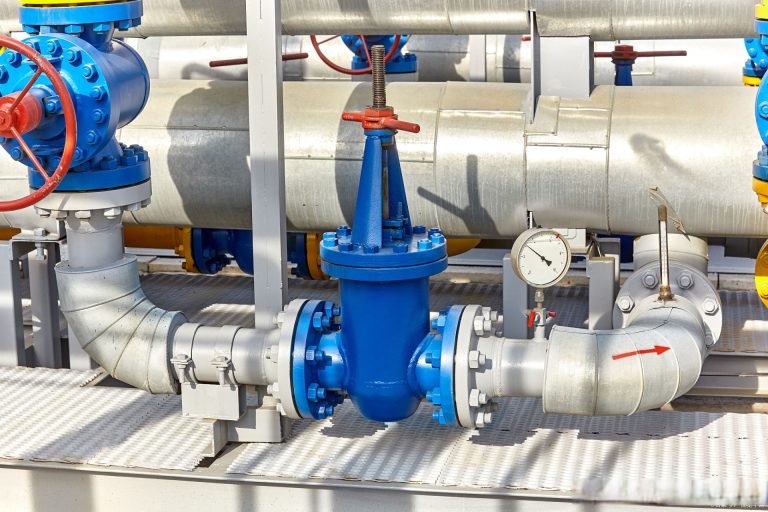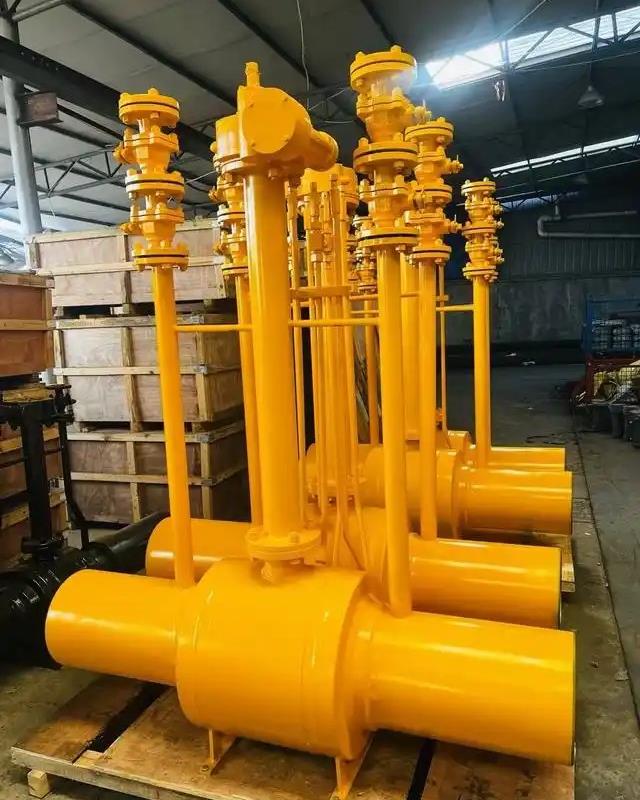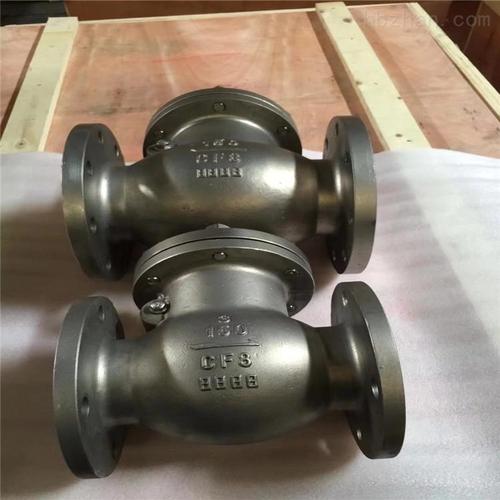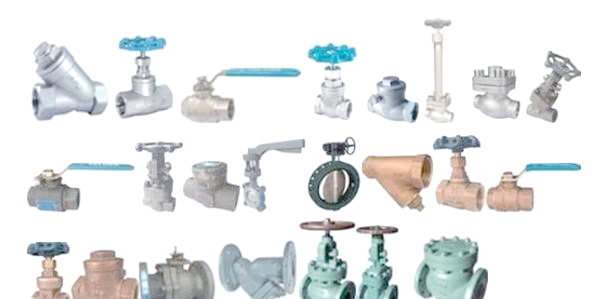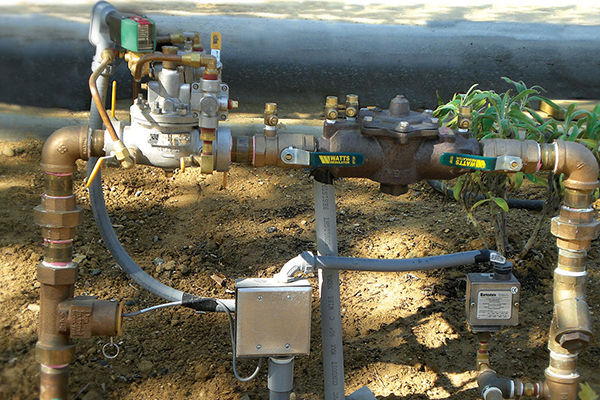A Reveal of Automatic and Actuated Valves.
Valves, an important component in the field of fluid control, have a wide variety of types and extensive applications. They are like the guardians of fluid systems, precisely regulating the flow of various media. So, exactly how many types of valves are there? Today, let’s enter the world of valves and explore their diverse classifications.
From a broad perspective, valves are mainly divided into two major categories: automatic valves and actuated valves.
What are automatic valves?
An automatic valve is a device that does not require external force to operate, and opens or closes automatically according to system conditions such as pressure, temperature, flow rate, etc.In simple way, it means:
- ① As the name implies, these are valves that operate on their own relying on the inherent capabilities of the medium (liquid or gas).
- ② Such valves do not require external force for actuation and can automatically open or close according to the flow state of the medium.



Types of automatic valves.
Automatic valves refer to valves that can open and close automatically under medium pressure. According to their functions and applications, automatic valves include the following types:
- Check Valve
Also known as a one-way valve or non-return valve, a check valve is used to prevent backflow of fluids. It only allows the medium to flow in one direction. If the fluid flows backward, the valve will close automatically. It features a simple structure and good sealing performance. - Safety Valve
Mainly used in equipment such as boilers and pressure vessels, safety valves serve as overpressure protection devices. When the pressure inside the equipment exceeds the specified value, the safety valve will open automatically to discharge excess medium and reduce pressure, thereby ensuring the safe operation of the equipment. - Control Valve
Control valves are used to regulate the flow, pressure, and temperature of the medium. They can automatically adjust the opening degree of the valve according to control signals to achieve automated control. Control valves are characterized by high adjustment accuracy and fast response speed. - Steam Trap
Steam traps are automatic valves used in steam systems, primarily for discharging condensed water and non-condensable gases to improve thermal efficiency and save energy. They feature automatic discharge of condensed water and prevention of steam leakage. - Pressure Reducing Valve
A pressure reducing valve is designed to reduce the inlet pressure to a specified outlet pressure and maintain the outlet pressure stable. It automatically adjusts the valve opening according to changes in the inlet pressure or flow rate. Its features reliable pressure regulation, strong adaptability to fluctuations, and the ability to protect downstream equipment from excessive pressure.
What are actuated valves?
A actuated valve is a driven valve that relies on external force to drive an actuator for opening or closing.
- ① These are valves that are operated by means of external force.
- ② They require human or mechanical devices for actuation to achieve accurate control of the fluid system.
- ③ Driven valves are easy to operate and can achieve remote control and automatic control as needed, making them suitable for the field of industrial automation control.
What are the types of actuated valves?
Common typs of actuated valves.
Common actuated valves include gate valves, globe valves, butterfly valves, ball valves, etc.These valves play a crucial role in the fluid control system. They can be opened or closed as needed to regulate the flow rate and pressure of the medium.
Actuated valves can be further divided into manual, electric, hydraulic, and pneumatic types by driven methods.
- Manual valves are a common type. They are actuated by human force with the help of devices such as handwheels, handles, and levers. These valves are simple to operate and easy to maintain, and are widely used in various fluid control scenarios.
- Electric valves are actuated by means of motors or other electrical devices. They have the advantages of fast response speed and high control precision, and are especially suitable for occasions that require frequent operation or remote control.
- Hydraulic valves are actuated by liquids such as water and oil. They are usually used in large-scale fluid control systems and can withstand high pressure and flow rates.
- Pneumatic valves are actuated by compressed air. They have the characteristics of simple structure and rapid action, and are especially suitable for occasions that require a quick response.
In addition to the above common types of valves, there are also some special types of valves, such as diaphragm valves. These valves have specific functions and applications and can meet the needs of different fluid control systems.
In conclusion, there are a large number of valve types, and each type of valve has its unique characteristics and applicable scenarios. When selecting a valve, we need to make the choice according to the specific application requirements and system requirements.


